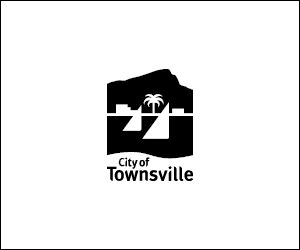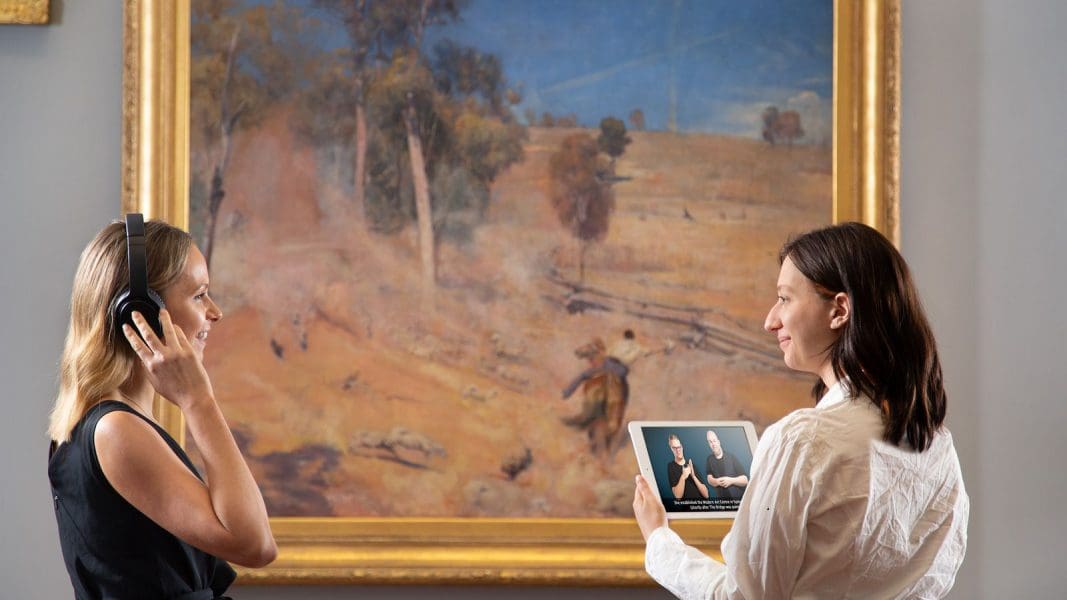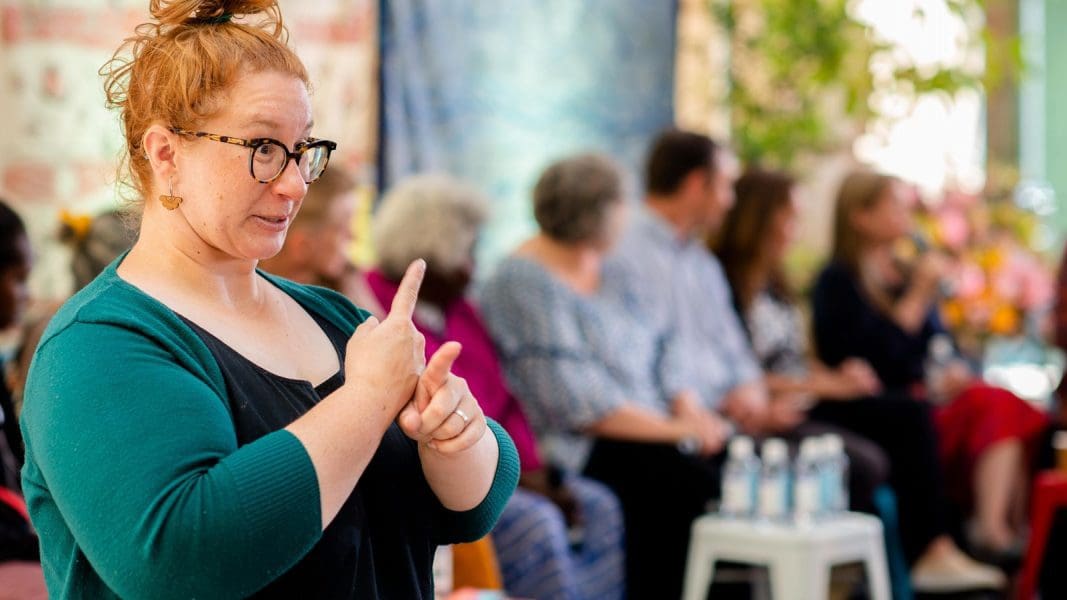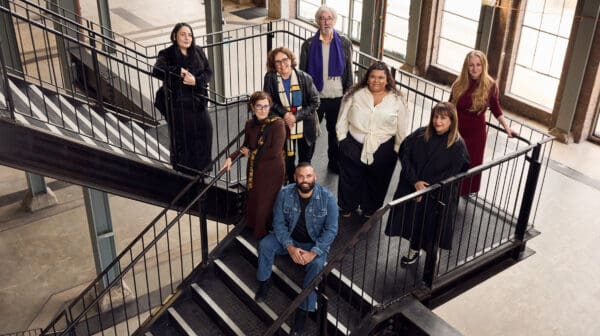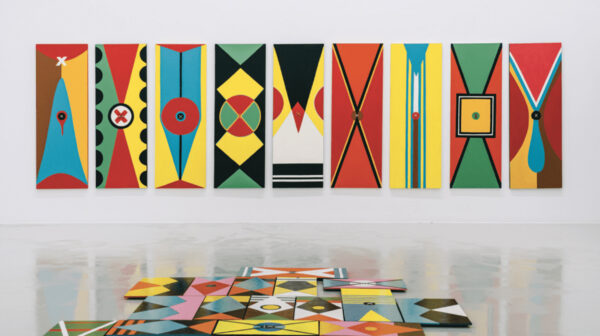As a CODA (child of deaf adult parents), Karina Morgan understands that accessibility is often the deciding factor when it comes to forging a relationship with art. When Morgan was growing up she became conscious of the structural barriers that prevent audiences who are deaf, blind or vision impaired from engaging with art and culture. It’s an awareness she brings to her work as an Auslan interpreter and education support officer at the Art Gallery of South Australia (AGSA).
“We were more engaged with sports because it is much more accessible to deaf people,” she says. “You can always understand what is going on because referees use hand gestures – everyone was having a similar experience. I’ve been at AGSA for 20 years and now that we have a lot of Auslan programs, my parents are really engaging with it.”
Over the last three years AGSA has taken strides to make its exhibitions more inclusive. It offers free audio-described and multi-sensory tours for blind and vision-impaired viewers on the third Saturday of each month. It also hosts regular Auslan interpreted exhibition tours for deaf visitors and lunchtime talks for students from the South Australian School for the Vision Impaired.
“When we were running these Auslan tours, we would always have people say that I’m coming on Friday night, but I’ve got some friends who are deaf arriving on Sunday and I can’t bring them to the gallery,” she says.
This realisation sparked the launch of a new Accessible Audio Guide. The guide, developed with funding from Richard Llewellyn Deaf and Disability Arts Program, features Auslan videos and transcripts. It also invites hard of hearing, blind and vision-impaired audiences to listen to rich audio descriptions that contextualise and describe works of art.
The guide, says Morgan, allows visitors to the gallery – including groups with various needs – to enjoy art together.
It’s also the result of 12 months of development and community consultation. She says that it’s part of the gallery’s commitment to building something that wasn’t just built for the community but withthe community.
“We had a deaf community consultation group and a blind and visually impaired consultation group,” says Morgan, who led the project alongside colleague Ryan Simms. “They wanted to have a South Australian flavour to it. Auslan centres are either in New South Wales or Queensland, but in Auslan there is a northern dialect and a southern dialect. Because we are a South Australian gallery, we wanted people from our own community in the videos.”
The Accessible Audio Guide can be accessed now through the gallery’s website – an unexpected asset that has allowed communities in lockdown to explore the collection from home. At present, you can take a virtual Auslan tour of the gallery’s Elder Wing of Australian Art, accessing paintings by the likes of Grace Cossington-Smith and Nora Heysen. And when the AGSA re-opens to the public on 5 June, visitors will be able to access the Accessible Audio Guide on their devices via QR codes.
“At the moment, we’ve just focussed on the Australian wing, but we hope to expand it to the international wing,” Morgan says. “There are a lot of people who can’t leave their home to come to the city. Or they might be from regional areas or part of a remote Aboriginal community. So often people from a community don’t get to engage with works that were made in their community. There are all these wonderful spinoffs that come from creating something that is accessible – and now people nationally and internationally can engage with our collection as well.”
Please note that the Art Gallery of South Australia (AGSA) is due to open 5 June. With public safety in mind, physical distancing, limits to the number of people in the gallery and hygiene measures will be in place.


